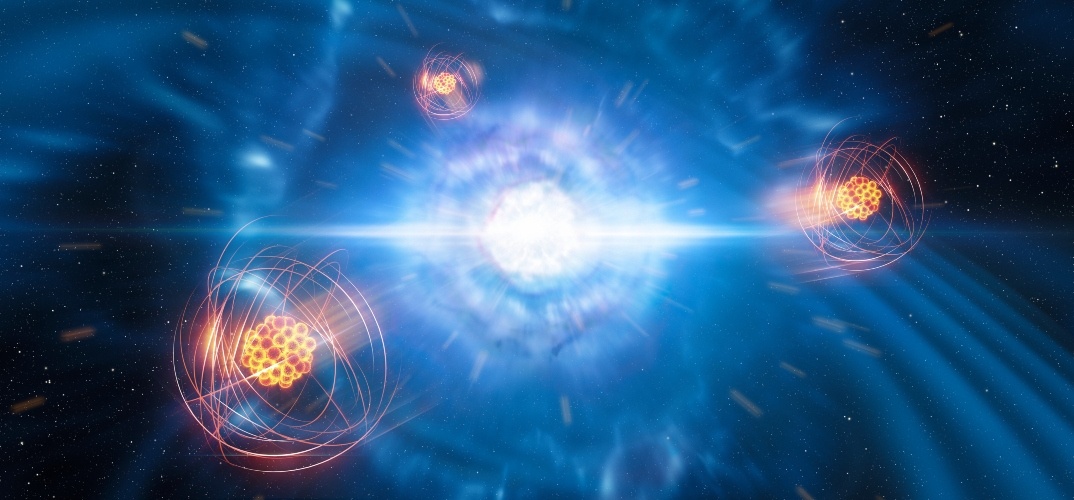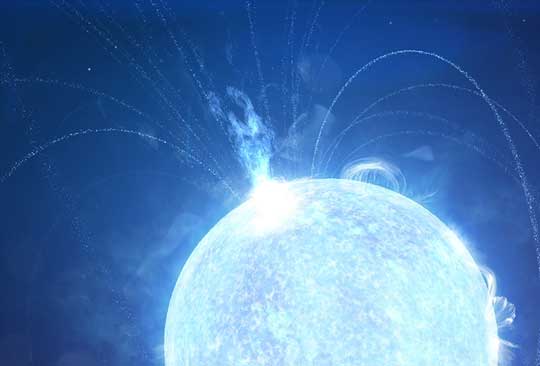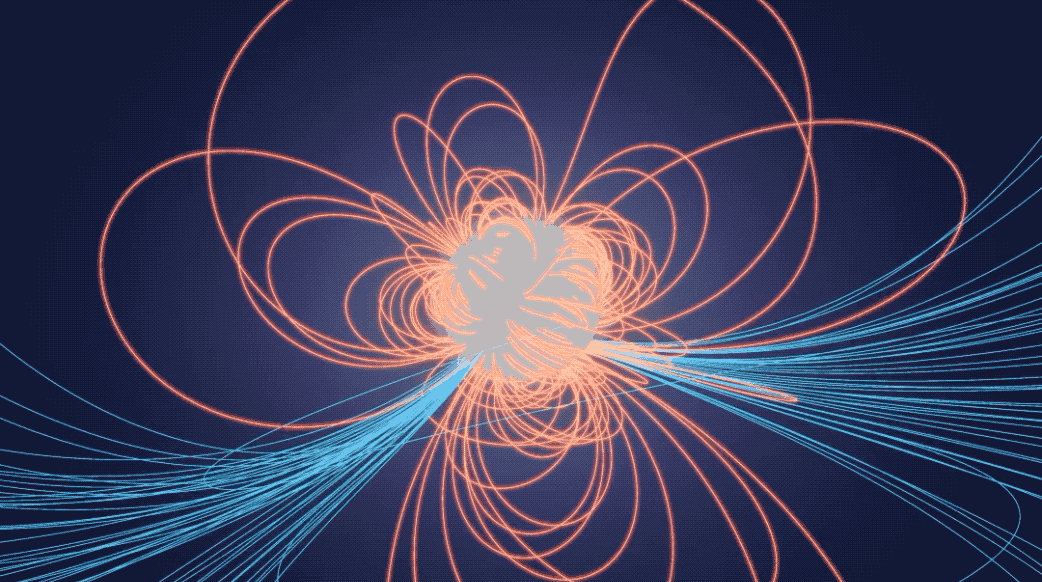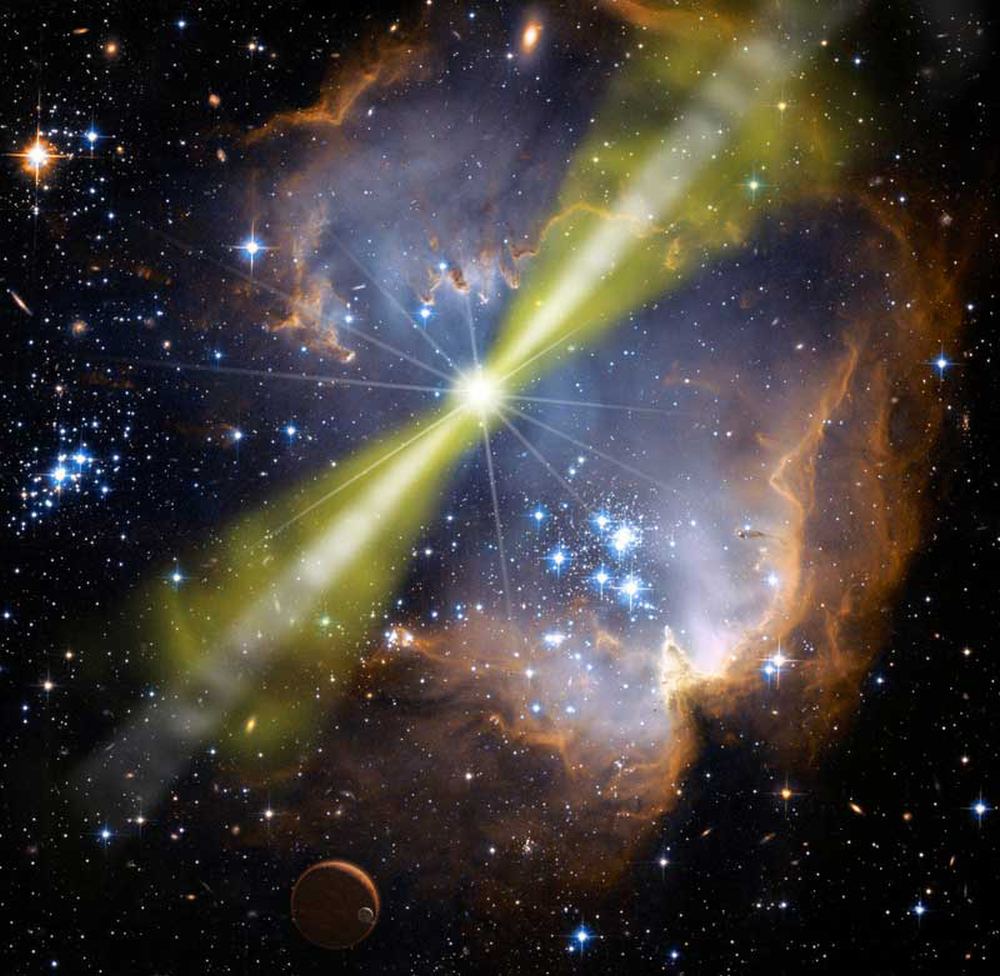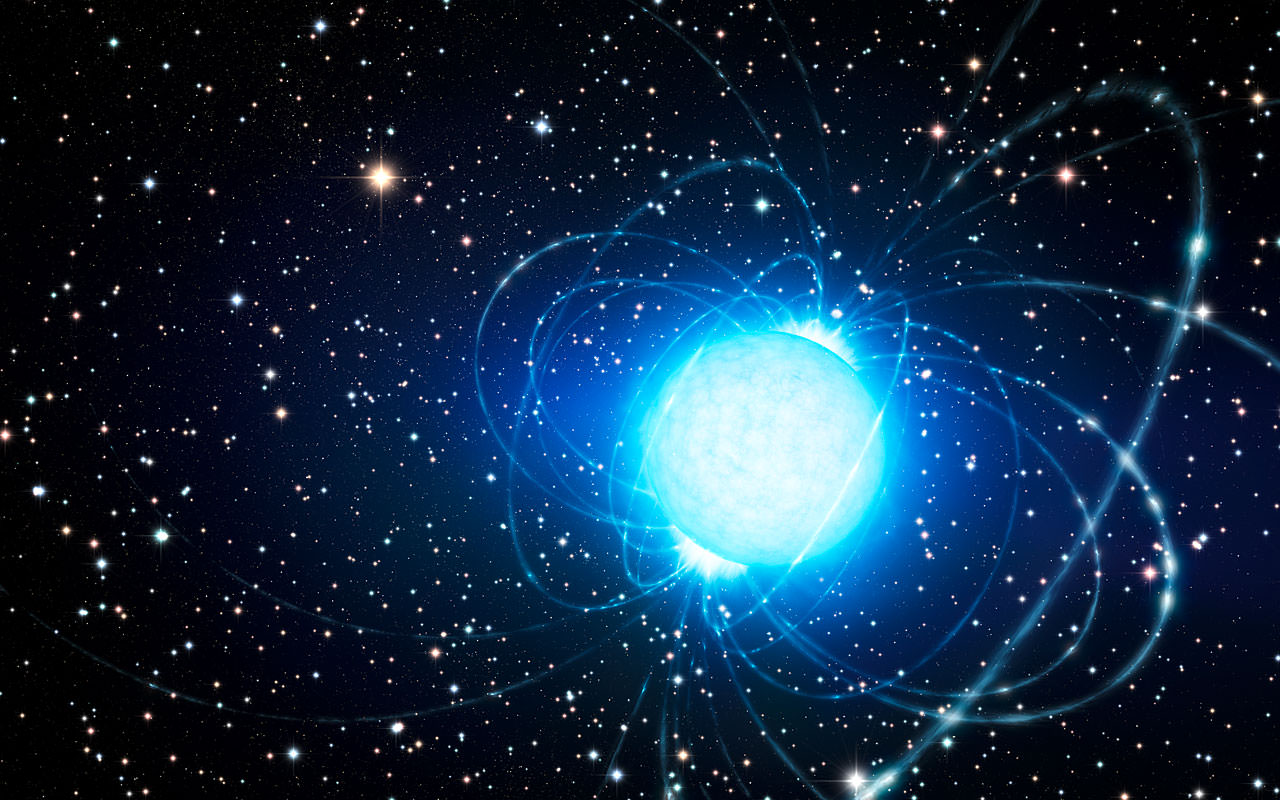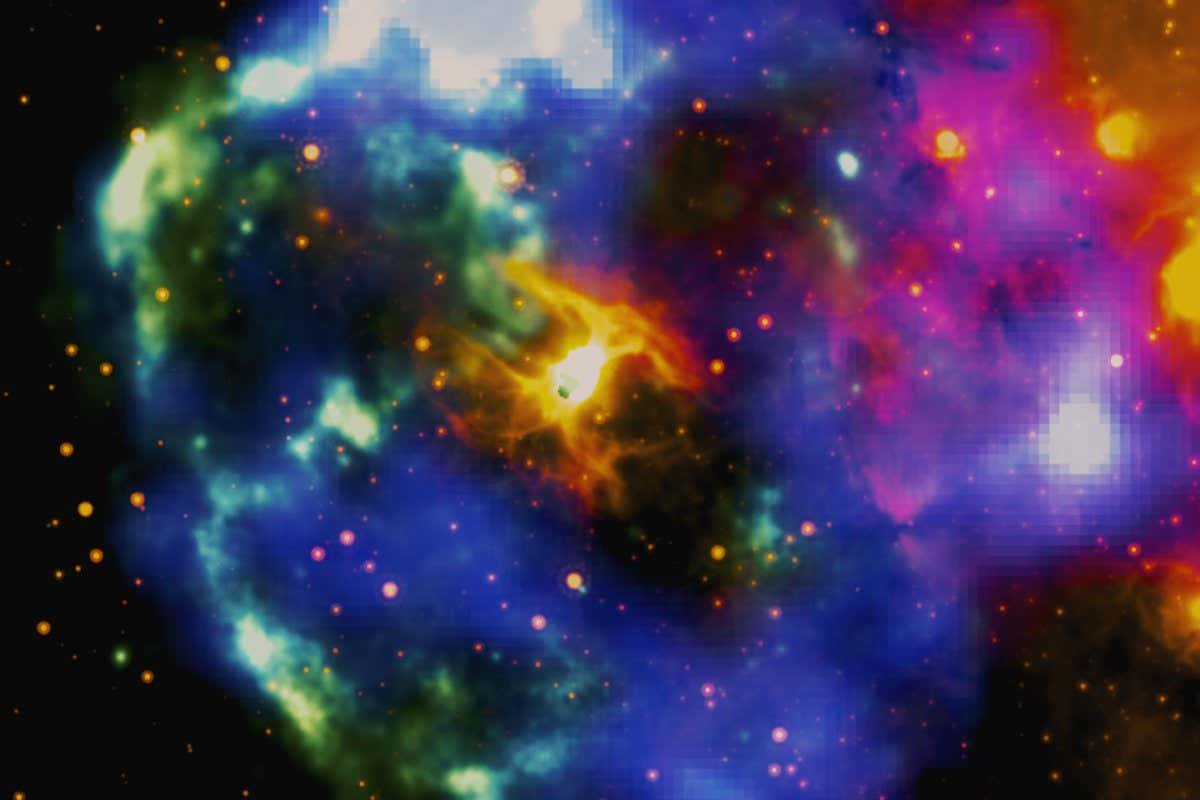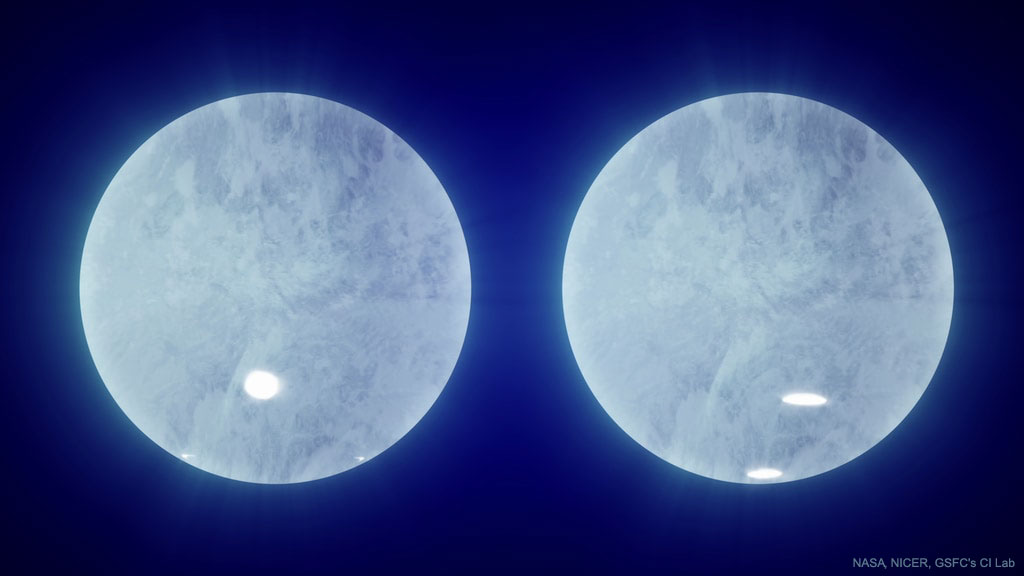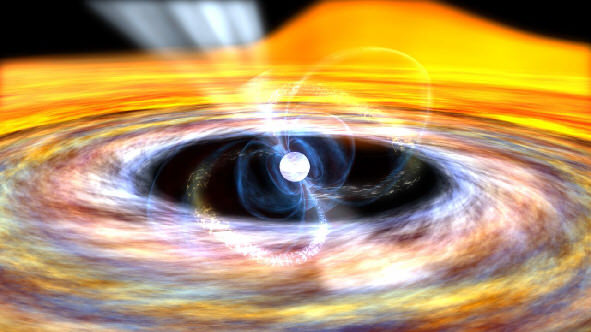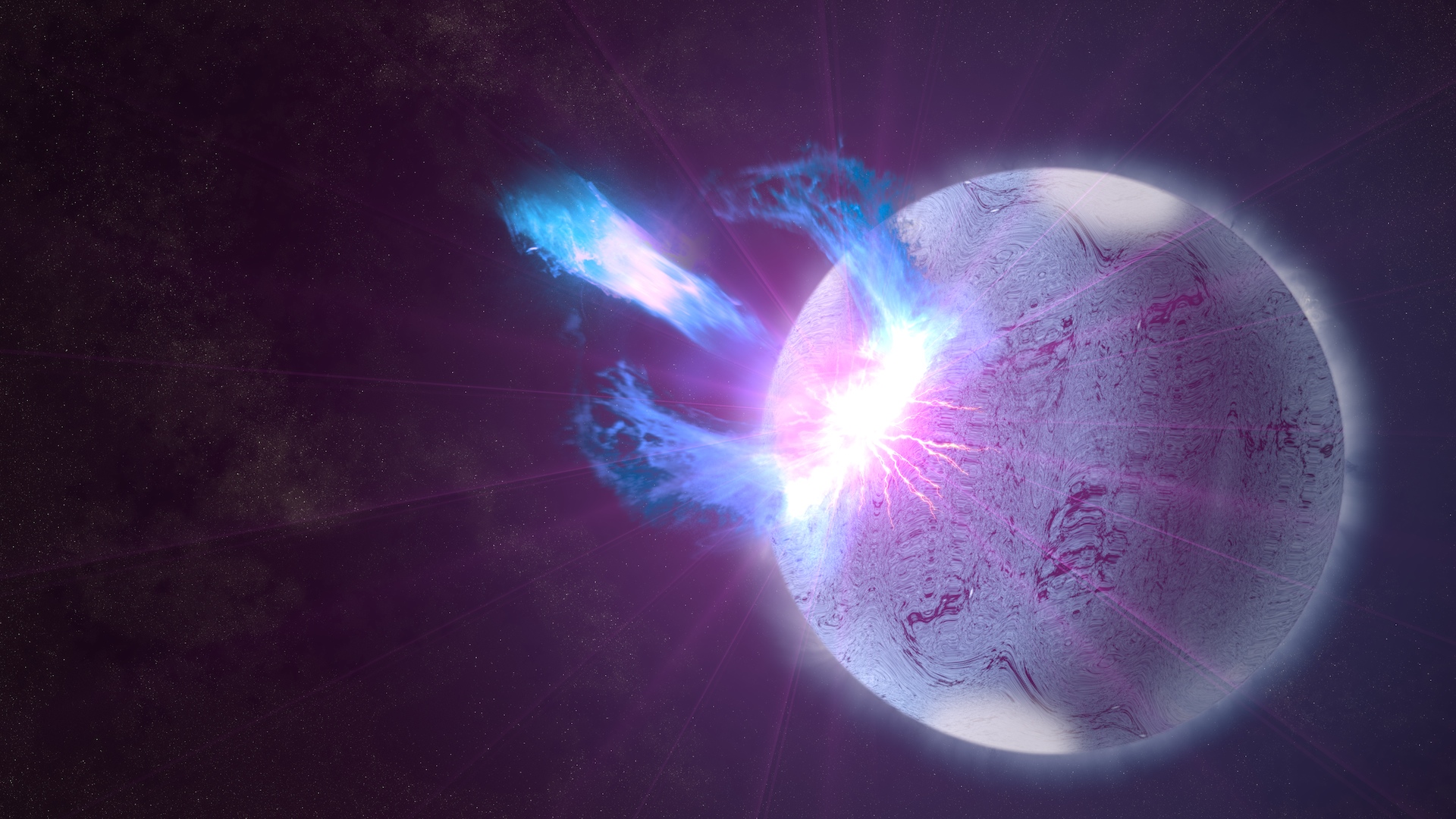When stars die, they spread the elements they’ve created in their cores out to space. But, other objects and processes in space also create elements. Eventually, that “star stuff” scatters across the galaxy in giant debris clouds. Later on—sometimes millions of years later—it settles onto planets. What’s the missing link between element creation and deposition on some distant world?
Continue reading “Some Elements Arrived on Earth by Surfing Supernova Shock Waves”Some Elements Arrived on Earth by Surfing Supernova Shock Waves
